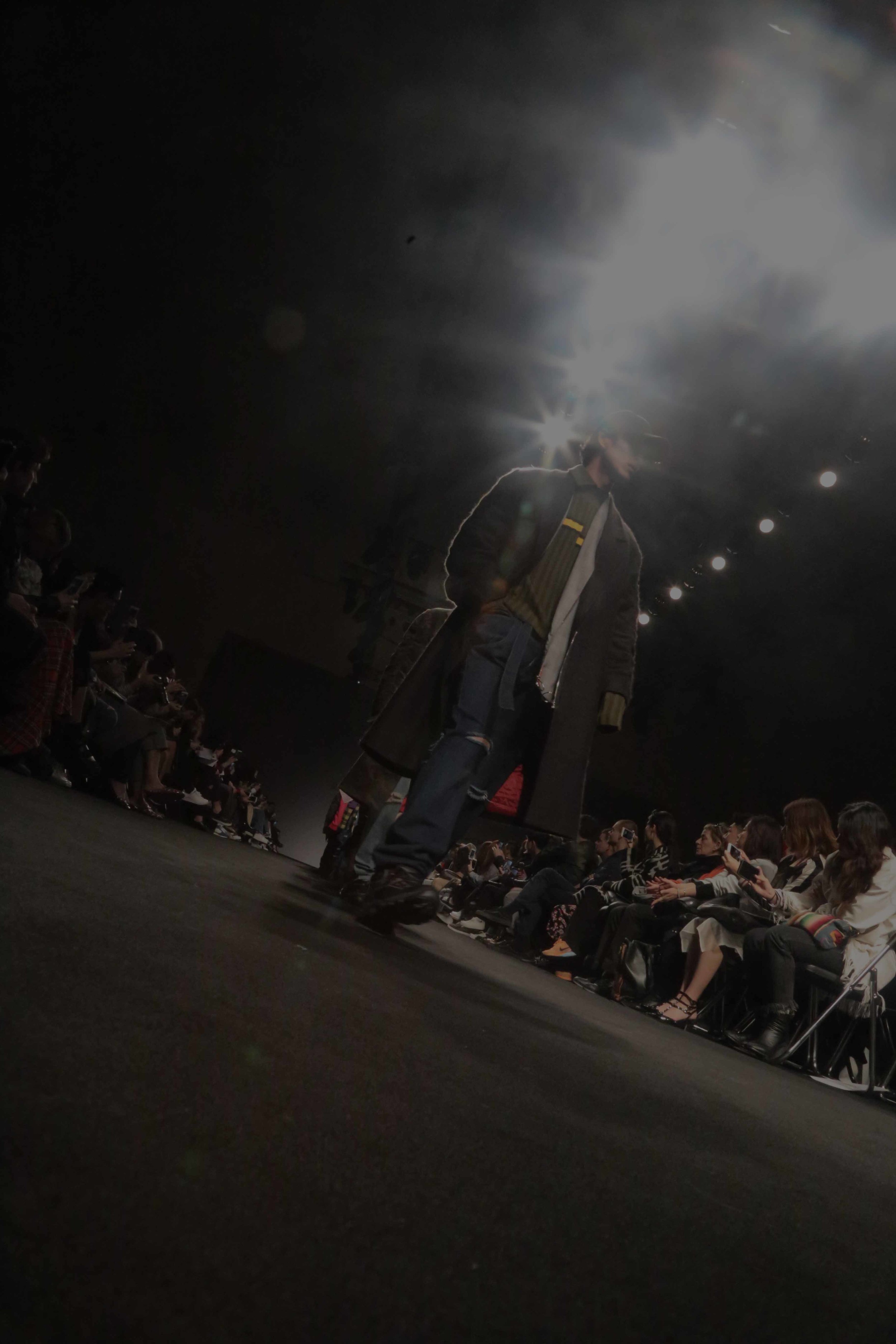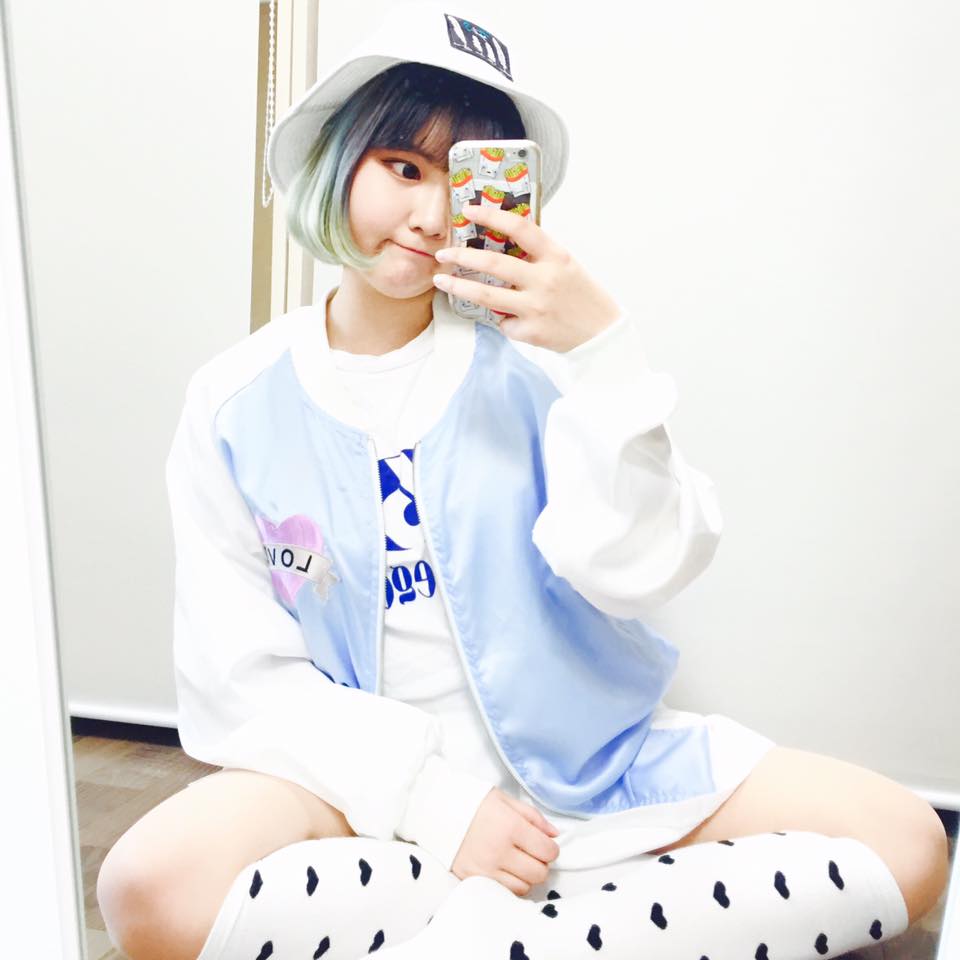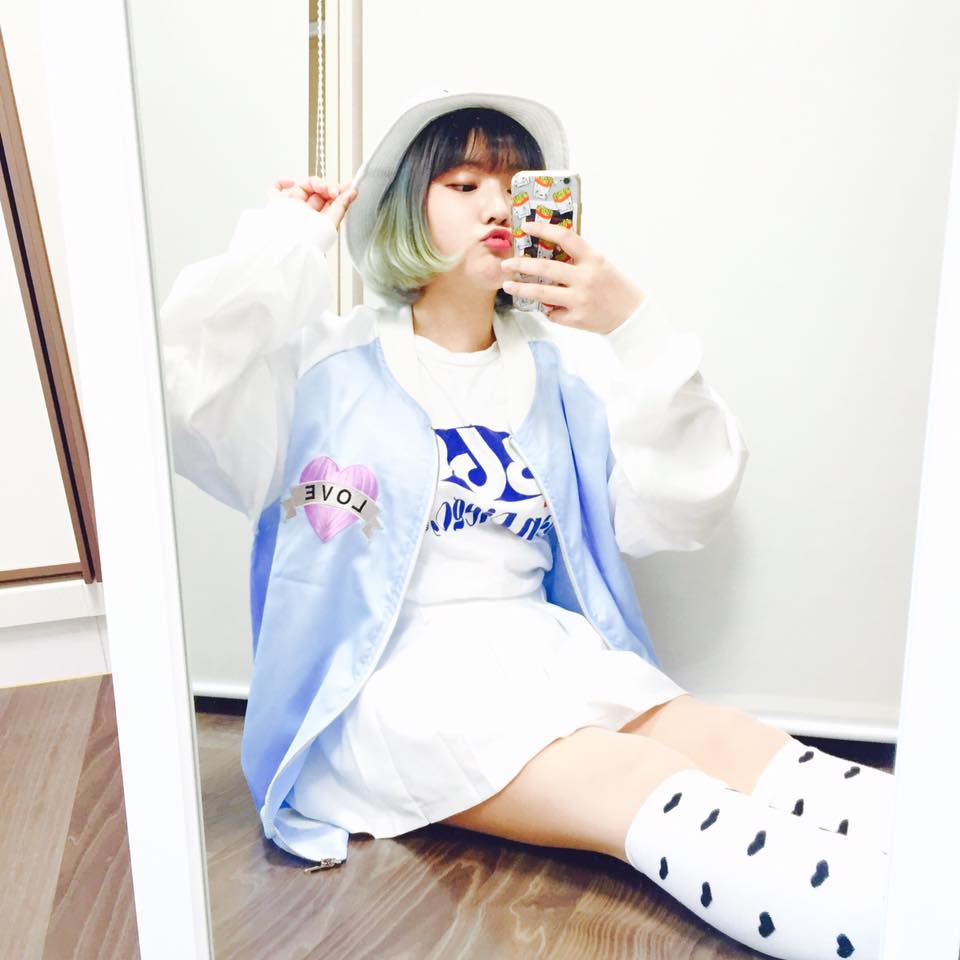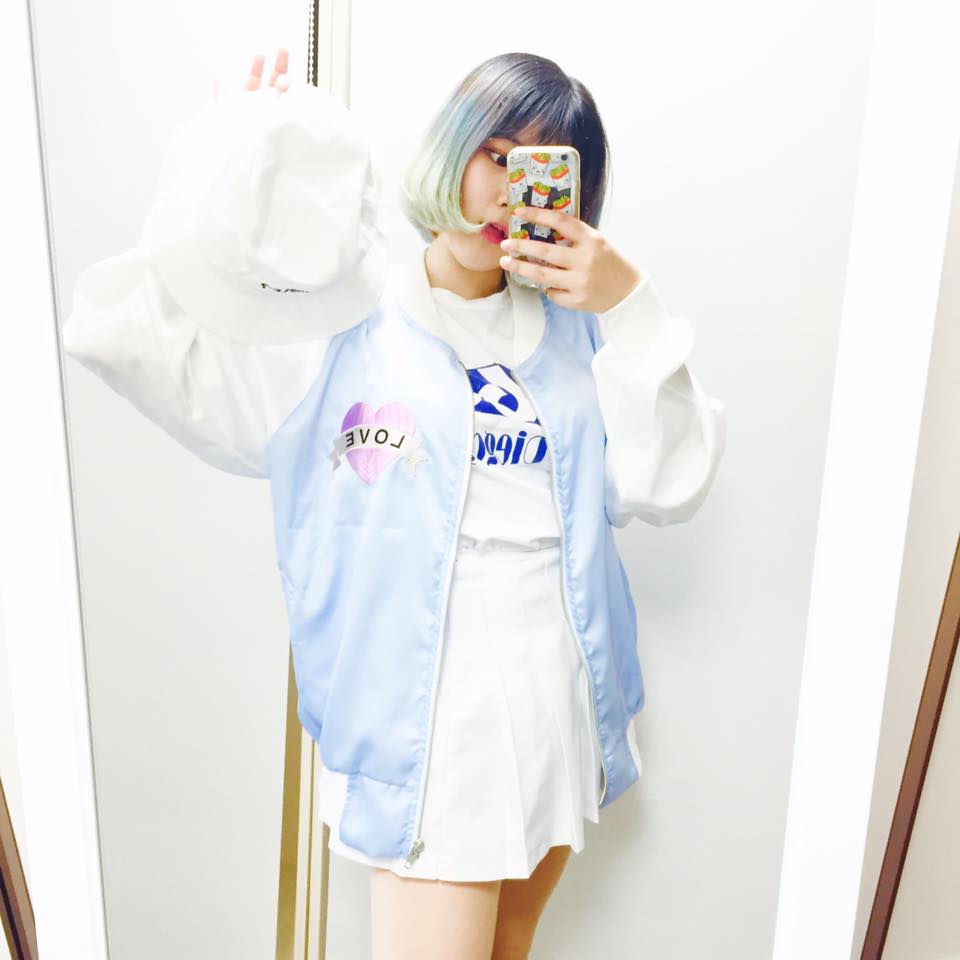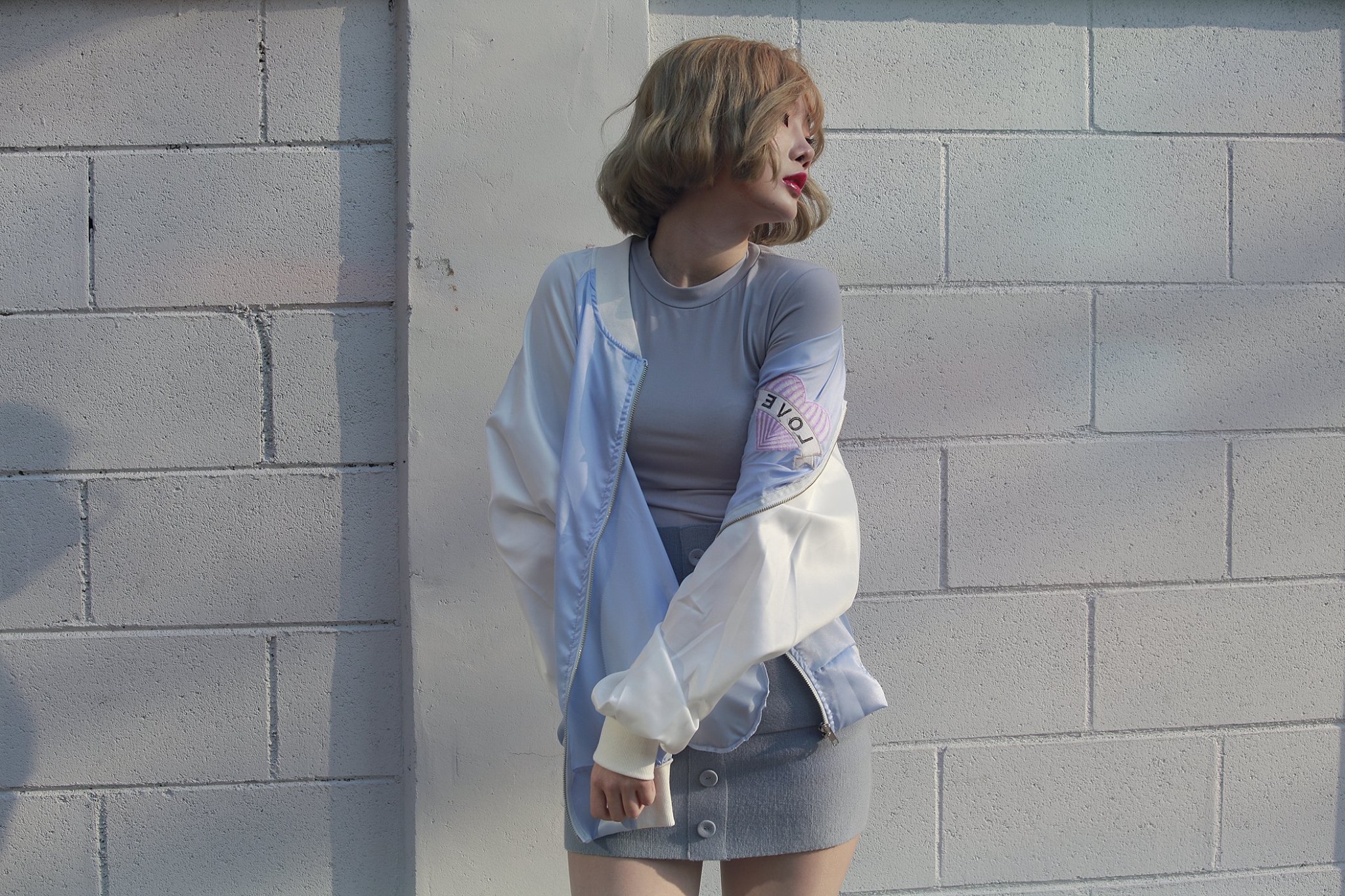The "selfie" has become a ubiquitous part of our smartphone camera-enhanced, Internet-superconnected, instantly shareable, memeable, happy-enough-to-be-Upworthy, socially mediated Hyperreality. While the West thinks it invented the "selfie" with the advent of the Apple smartphone and all its technological progeny, it was actually either in Japan (if you query Japanese sources) or South Korea (if you ask the Koreans, or Samsung), and I know for a fact that Koreans were doing SELCA (SELf-CAmera) as far back as 2004, since I was always taking pictures of them doing it, anywhere and all the time, while Americans and Europeans were still obsessing over their Nokias.
Seoul, circa 2004.
I'll just say it outright. Ain't nobody on ERF better than Koreans -- especially Korean women -- at SELCA. If SELCA were an Olympic event, Korean women would dominate that shit more than they do women's archery today. Now, it's tough to explain why Korean women are so good at archery in any reasoned, logically compelling way, but talking about Korean young people and their photographic practices is something that can be reasonably and easily explained.
Seoul, 2008.
Korean photographic practices amongst youth have developed into a highly developed habitus (in the sociological theory of Bourdieau, a set of skills/habits/abilities that are ingrained and become a skillset that allows for utilization in life as a part of what he calls embodied social capital) after having grown up in an era of Internet, free Photoshop, and ubiquitous cellphone cameras) that developed in a culture of the selfie, as beauty portrait studios, cosplay cafes, and studios have been ubiquitous in korea since the turn of the millennium and that's all true without even getting to the advent of the sticker picture machines coming out of Japan after 1995.
The "sticker picture" is a fixture in the photographic development of Korean youth who now find themselves in their twenties, especially for young women. Beginning with the importation and popularity of large sticker picture booths from Japan after their invention and rise in popularity in 1995. (Terashita et al, 87) Called purikura (for the Japanese pronunciation of purinto kurabu or "print club")(Simonitch), this photographic practice is as purely Japanese as it is linked to subculture and fashion cultures in Japan (Groom, 194). The photographic practice is still alive and well in Japan, as well as the many countries in Asia, including Korea, where "sticker picture" booths and their offspring are still ubiquitous fixtures of many public venues of consumptive socialization. The influence of sticker picture practices can still be seen in the many smartphone apps of today that allow users to add cute symbols, frames, and designs to their pictures before they are shared on social media networks.
Diagram of the first sticker picture machine in 1995.
Paepi Yoojin's sticker picture collection, a memento she's kept over the years.
This is a record not just of Yoojin's friends, but a record of both her maturity and a cultivated and constructed curated self that is confident in front of the camera and is an ongoing practice of knowing one's "good side" and other falttering poses and angles.
This has been going on since far before the time of millennial Yoojin. This twenty-something woman was availing herself of the beautifying services of "Star Wallet" in 2002, when places where young women got magazine-style headshots of themselves were quite popular.
Ithe "dress cafe," this one being in the Ehwa Women's University area, were places that mixed cosplay with gendered social fantasy.
OK -- I think we're all caught up now. Pureé this all this together in a Vitamix set on high and add to that ooze of photographic habitus the smartphone, Cyworld, Facebook, Twitter, and the hope of social network service-enabled Instafame, and you get to Korean girl in 2016 level. And in the hyper-competitive, show-me-the-money-and-results, lookism-on-digital-crack, social environment that is South Korean culture, the best-of-the-best is pretty damn good.
Since I came across model/style figure Seon-woo SONG and thought to myself that she was a paepi with the SELCA chops to feature as a pictorial in a magazine, so that's what I decided to do. I've decided that since she already produces mini-pictorials on fashion items and trends in her own Facebook and Instagram feeds, I'd just let her do what she does best and repackage her stuff in a context that makes it easier to digest if you're not living in their world. We will get to her in a bit. Almost there.
The first item we are going to look at in Seon-woo's pictorial is the sukajan (SUKA as in the Japanese city Yokosuka and JAN as in the Japanese mispronunciation of a "jumper"-- janpa). This item, of course, has been popular with the cool kids for years, and heavily associated with gangster/tough guys/subculture youth in Japan since forever, but is a thing on Korean streets and runways now.
The Shemiste show from this past Seoul Fashion Week FW 2016 was rocking both the baseball jacket and sukajan style, with the long sleeve thing going on these days, a thing that is bouncing around the Seoul street as well. Love how they made this jacket a mini-dress.
Rocking that baseball/sukajan thing with the white tennis skirt.
Now, finally, to Seon-woo. I'll start her off with her picture with her in a baseball jacket-style thing, punctuated with a Japanese beverage. Cuz she's about to get all Japanese sukajan on us (even though she noted to me that it's not a "real" one, but one constructed in the bowels of Dongdaemun and sold through one of the private-branded hives there and is a Koreanized version of the look and theme, which generally includes dragons and fire and such things, as opposed to pink love hearts).
Behold -- the Korean-style sukajan, with cute flowers an colors that would do a Korean girl proud.
It's interesting to see the same sukajan idea done on a shirtdress but with Korean traditional art motifs. And now, it's noticeably girly, not tough-guy.
I'm gonna finish off this piece with a bit of polish, with the same Korean-style sukajan modeled by our other model, Hajeong KO and shot by Zoomsniper, albeit in a very different style. Here are a couple shots.
It's interesting how a style that (apocryphally) originated with American soldiers stationed in Japan, then Japanese gangsters, then a tough-guy, Japanese counterculture got picked up and Koreanized for female sartorial consumption.
Of course, that means sporting a pink/lavender heart.
And the Korean version doesn't want to kick you in the teeth, it just wants to let you "love again."
SELCA SUKAJAN MODEL: Seonwoo SONG
SELCA SUKAJAN PHOTOGRAPHER: The model herself
SELCA SUKAJAN MAKEUP/HAIR: The model herself
STREET/STUDIO SUKAJAN MODEL: Hajeong KO
STREET/STUDIO SUKAJAN PHOTOGRAPHER: Zoomsniper
STREET/STUDIO SUKAJAN MAKEUP/HAIR: The model herself
STREET FASHION SHIRTDRESS MODEL: Gayoung KIM
STICKER PICTURES: Yoojin
